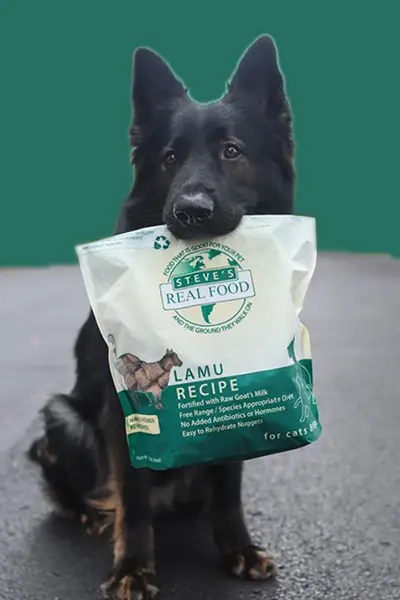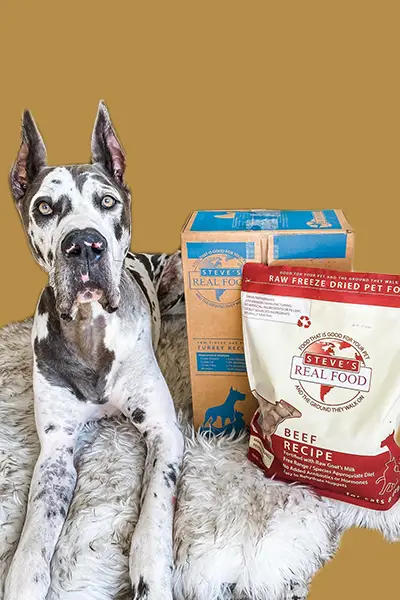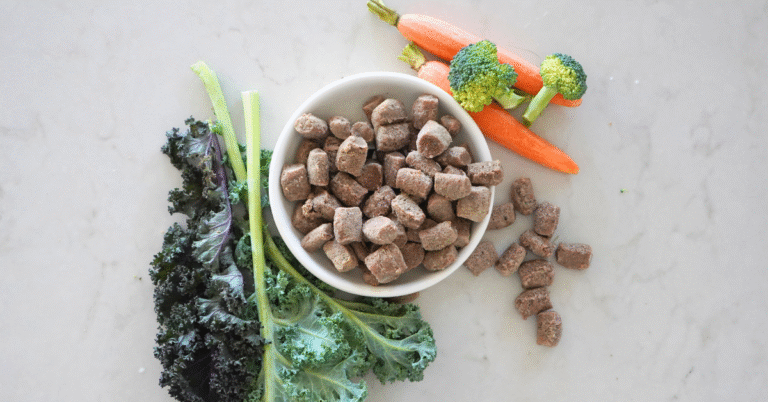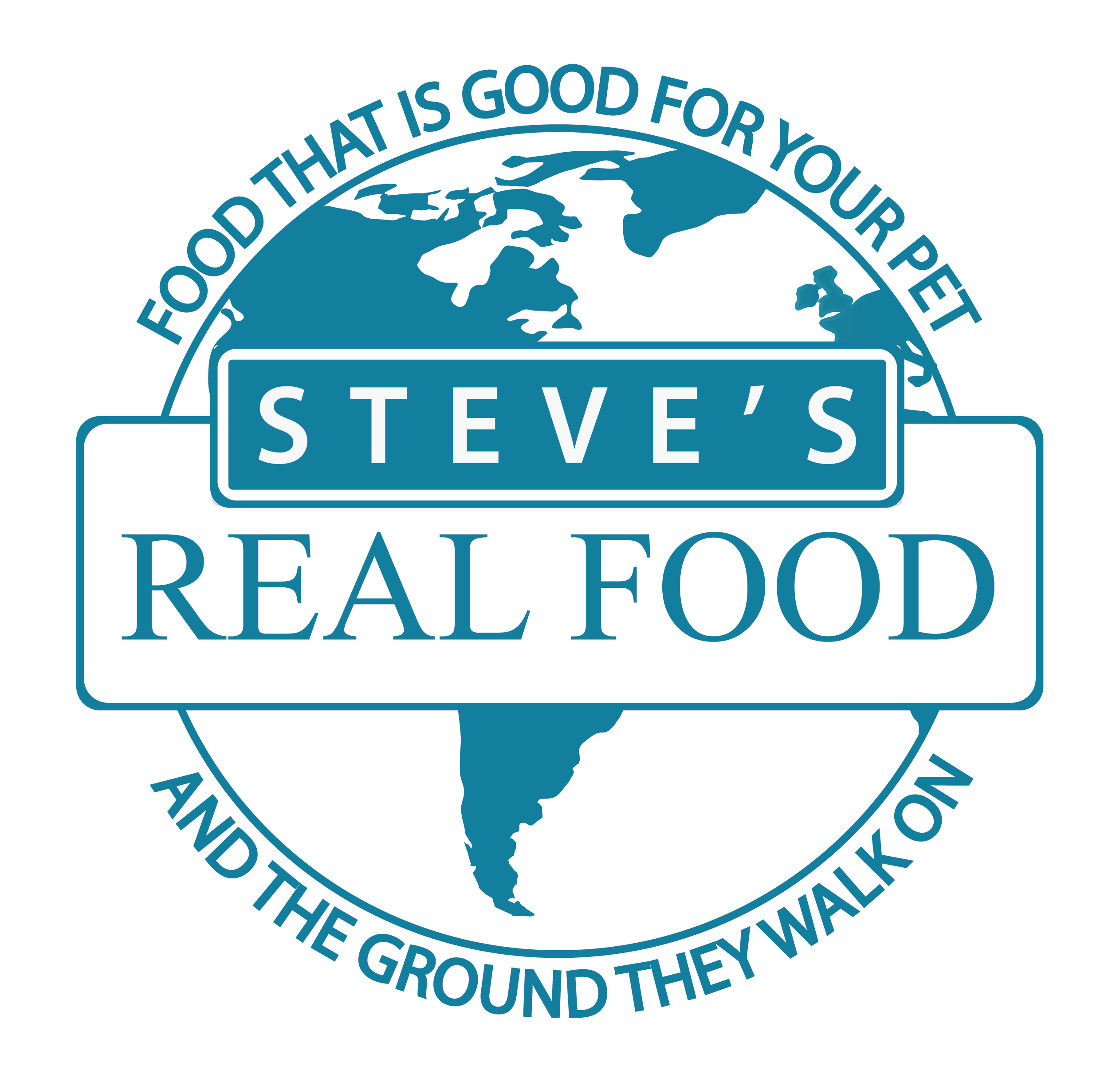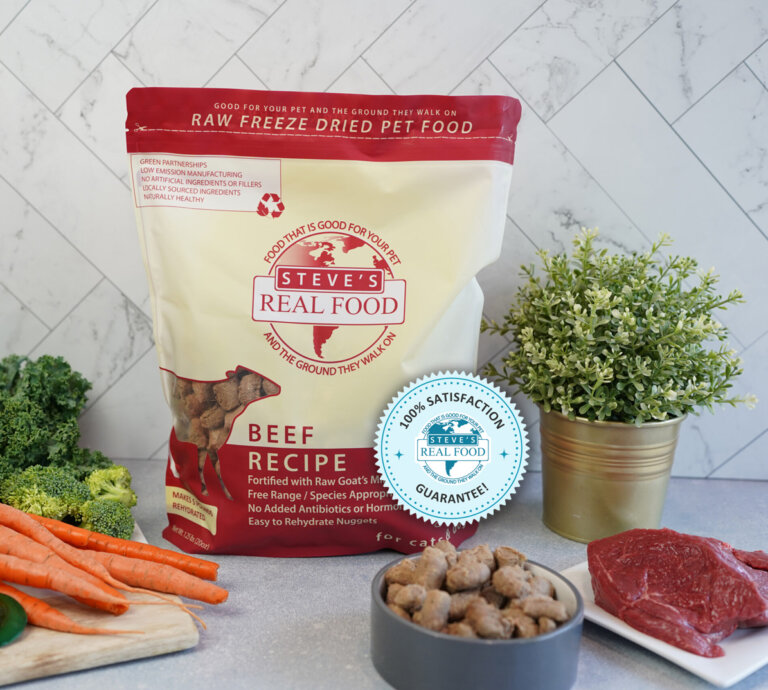
Episode 2 – Mechanics of Raw Food and Why it Works
Raw food provides three major things that cooked or processed foods cannot: enzymes, amino acids, and intracellular moisture. Each of these components is vitally important for optimal health and cannot be replaced or replicated in processed foods due to their fragile nature. Let’s take a closer look to see why each component is so important and why raw food is the perfect source.
Enzymes are catalysts for any process occurring in the body such as digesting food, breaking down and using nutrients, and building new proteins. If we don’t have enough of the right enzymes in our body to start the tasks, things like digestion and nutrient absorption will suffer. These vitally important molecules are highly specialized and considerably fragile; temperatures as low as 118 degrees Fahrenheit can destroy nearly all enzymes present in the food. It’s important to obtain as many enzymes as possible from whole raw food sources so the body won’t have to work as hard to digest food. Foods that are rich in enzymes can “predigest” in the stomach in a process called autolytic digestion. This happens without the aid of stomach acid and can be responsible for up to 75% of total meal digestion. If the body can predigest the food in this manner, it will not have to use its own store of digestive enzymes from the pancreas and stomach acid levels can remain low. Without ample enzymes in the food, the pancreas and small intestine must work overtime which in turn stresses the endocrine system and can lead to problems such as leaky gut syndrome and diabetes which cause a whole host of problems on their own. The best way to get a fresh source of enzymes the body needs and can’t make enough of itself is directly from whole raw foods!
Amino Acids are building blocks of proteins. They are essentially the ingredients needed in a recipe to make a protein. In muscles and other tissues, the amino acid residue (the parts left over after a chemical reaction in protein creation) is the second largest component after water, so we know what an important role they play in muscle and tissue health. Amino acids also participate in numerous other processes in the body, including neurotransmitter transport. Additionally, amino acids can be oxidized and used as a source of energy, so their uses are almost endless! You may have heard the term “essential amino acids” before. This refers to a list of amino acids that cannot be produced in the body and so must come from an outside source. There are 20 amino acids present in the genetic code, and dogs and cats only have the ability to produce about half of these, so they must get the other essential amino acids from food. Amino acids sourced from raw food are in their most natural, bioavailable state, meaning that they have not been deformed (denatured) or rendered inert by a high heat process and the body can easily recognize and use them effectively.
Intracellular Moisture (also called intracellular fluid) is simply a fancy way of referring to the naturally occurring moisture found in plant and animal cells. The main type of fluid found in cells, cytosol, is what suspends the different cellular components within the cell. It contains moderate quantities of magnesium and sulfate ions, which the body needs in order to maintain osmotic equilibrium. Even though it may seem like a tiny amount of moisture, it adds up quick! In humans, intracellular fluid amounts to over 28 liters of liquid or approximately 2/3 of total water content! Intracellular moisture is most effective in hydrating the body because it is the most natural and recognizable form of moisture and is preserved in the tiny cells until the food reaches the small intestine, where the cells are broken down and nutrients are absorbed into the bloodstream. The electrolyte content of cytosol also helps the body maintain balance and stay hydrated.
Any heat process above about 105 degrees Fahrenheit starts to degrade the above components, so it’s very important that they are preserved in the raw natural form in order to be useful for our pets. Many pet food brands extrude (cook) their food at temperatures upwards of 400 degrees Fahrenheit, so you can imagine how that affects the functionality of the above components and in turn, the nutritional value of the food.
 Beef
Beef Chicken
Chicken Whitefish
Whitefish Pork
Pork Lamb
Lamb Turkey
Turkey Turducken
Turducken All Protein
All Protein Beef
Beef Chicken
Chicken Whitefish
Whitefish Pork
Pork Lamb
Lamb Turkey
Turkey Duck
Duck All Products
All Products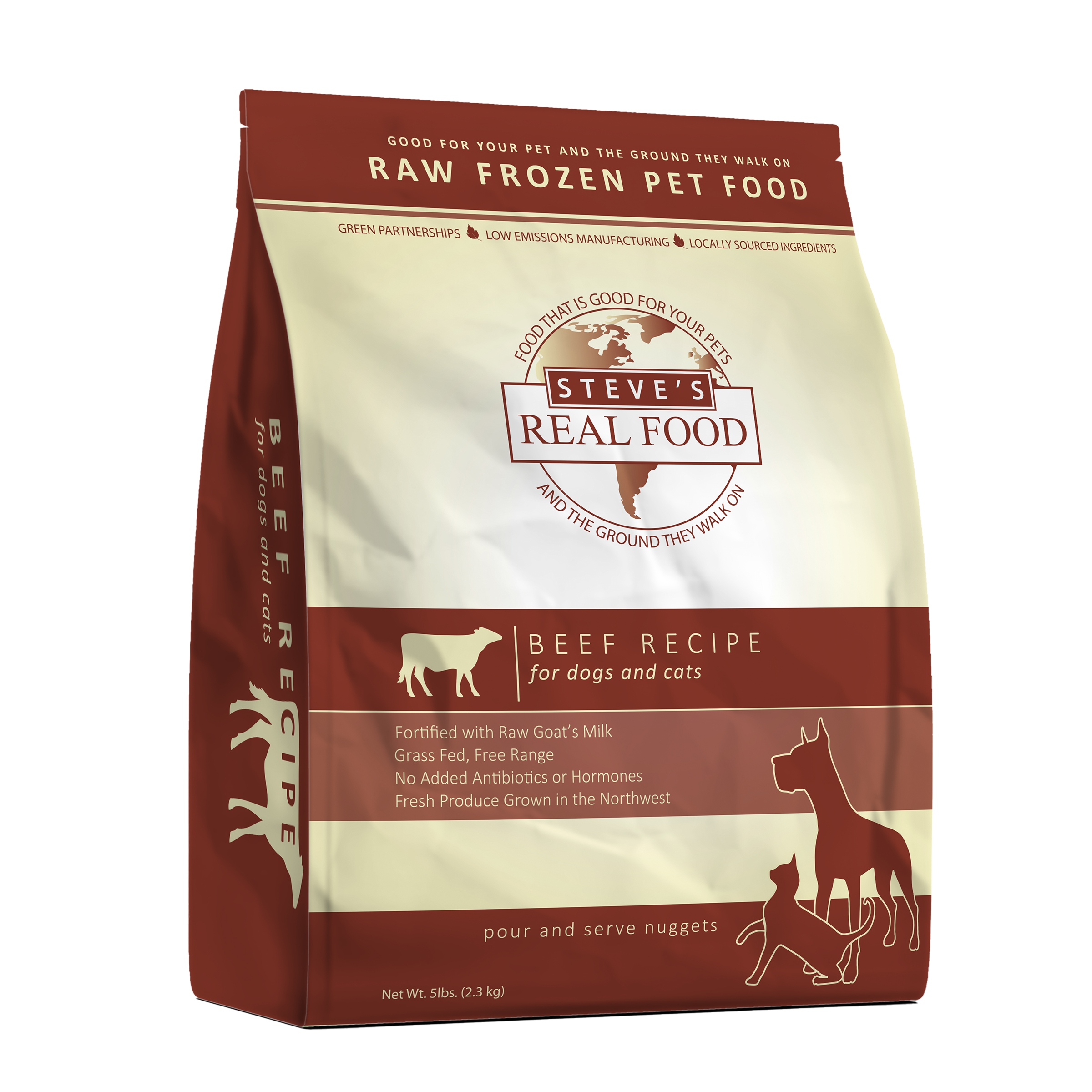 Frozen Raw Pet Food
Frozen Raw Pet Food
 Freeze Dried Raw Pet Food
Freeze Dried Raw Pet Food
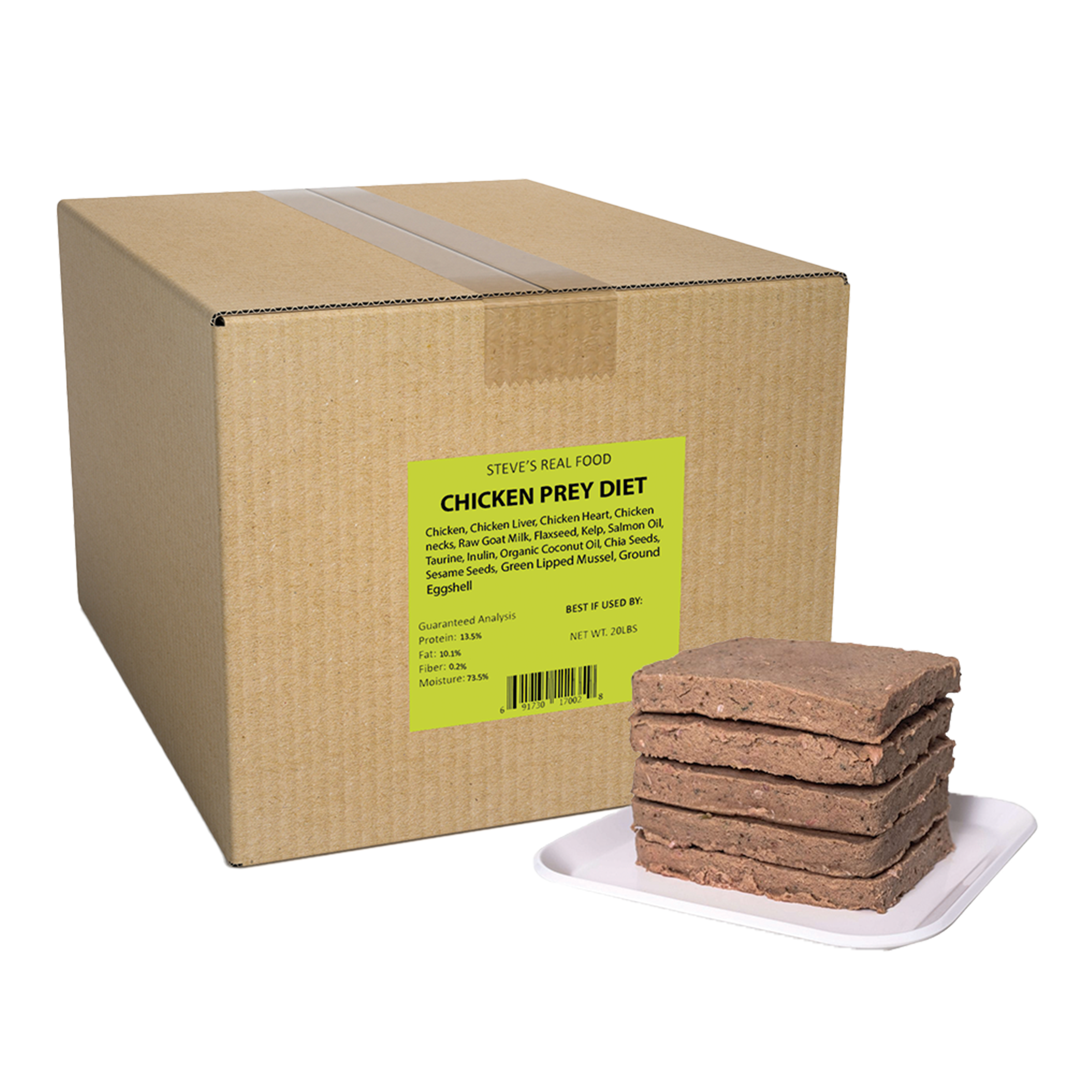 Frozen Prey Diet
Frozen Prey Diet
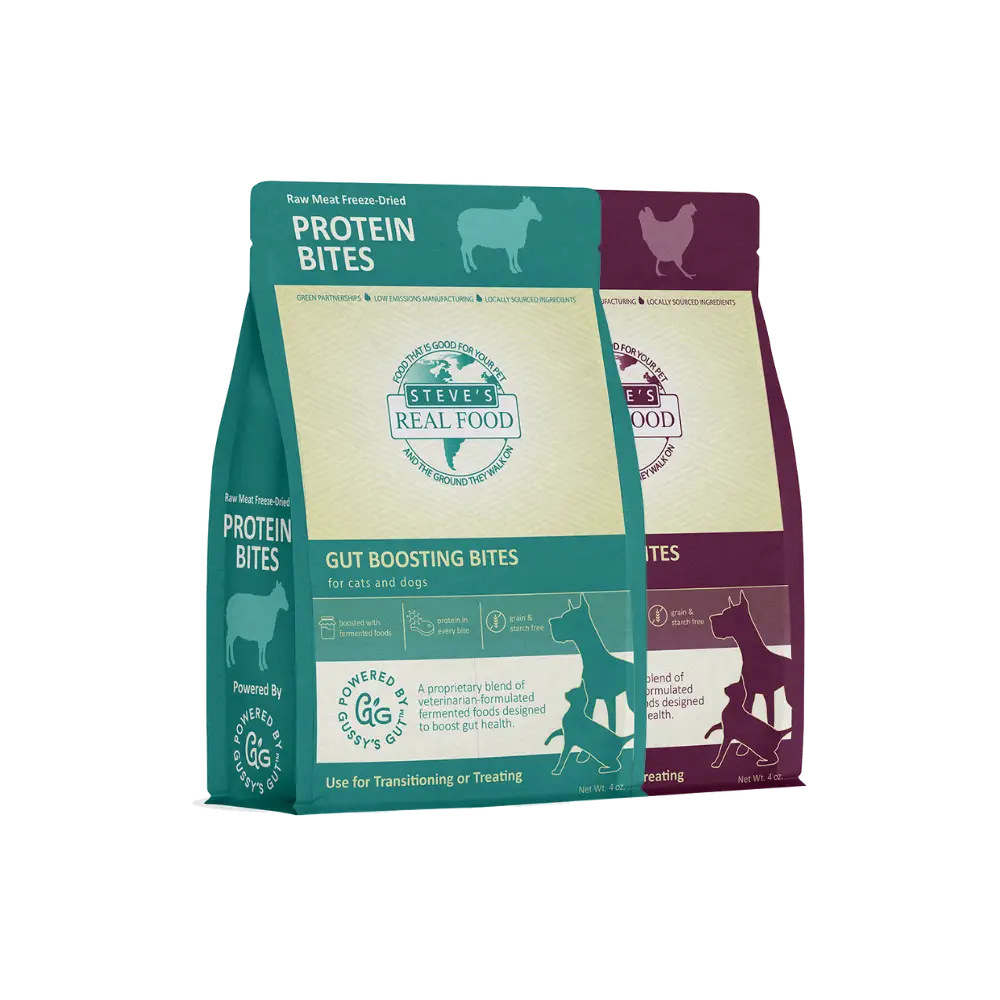 Freeze Dried Protein Bites
Freeze Dried Protein Bites
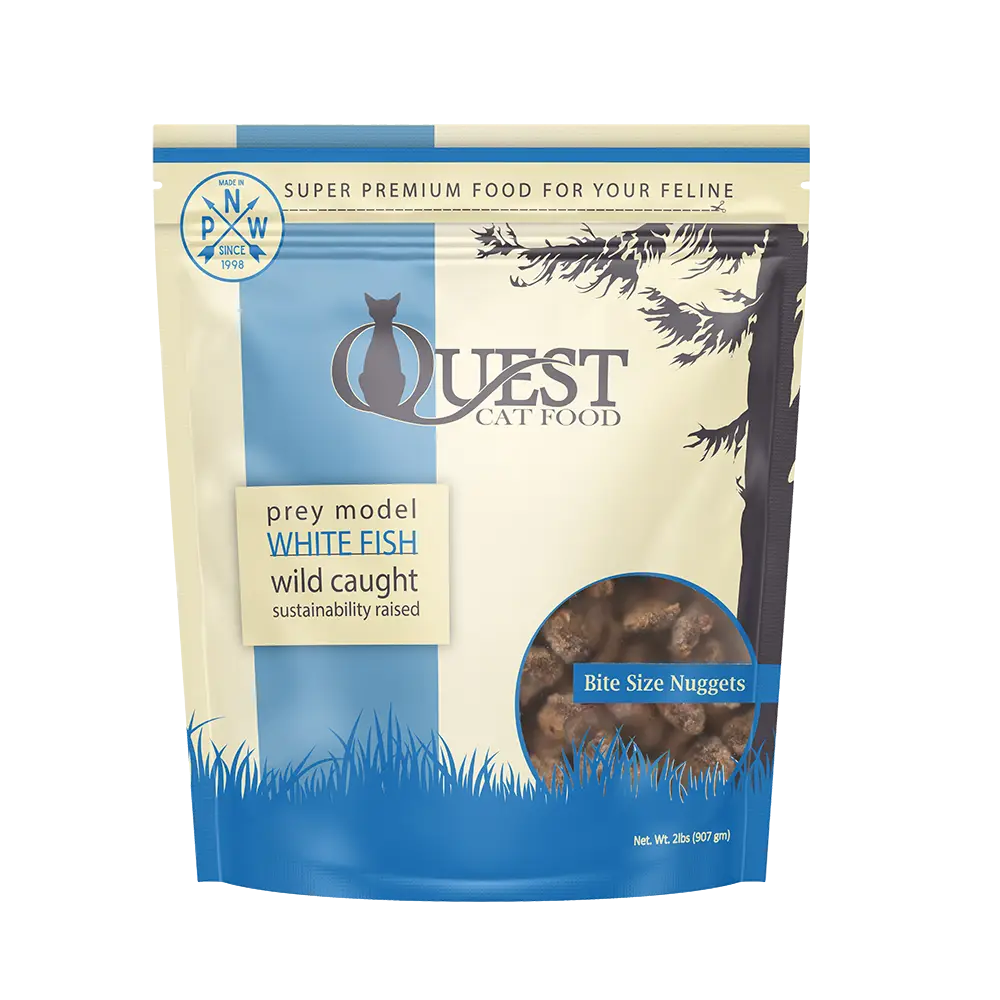 Frozen Quest
Frozen Quest
 Freeze Dried Quest
Freeze Dried Quest
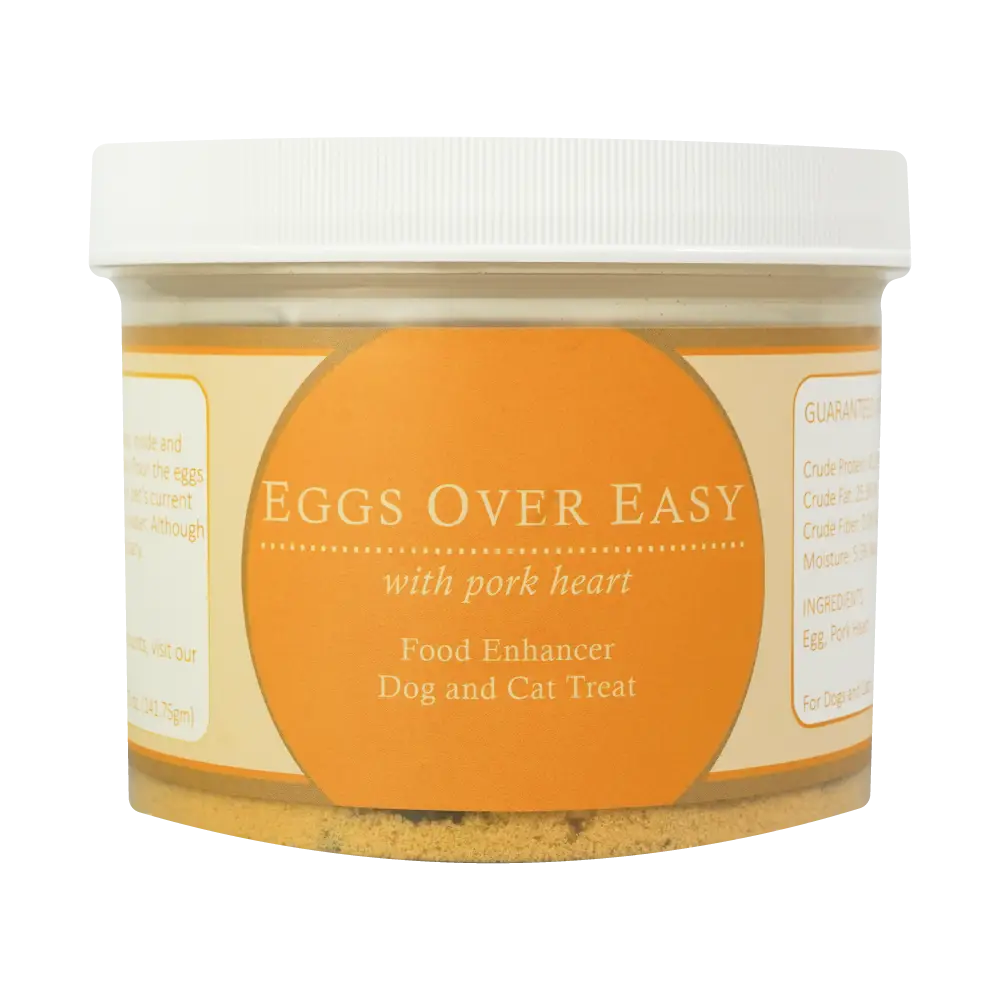 Eggs over Easy
Eggs over Easy
 Steve's Merch
Steve's Merch 

